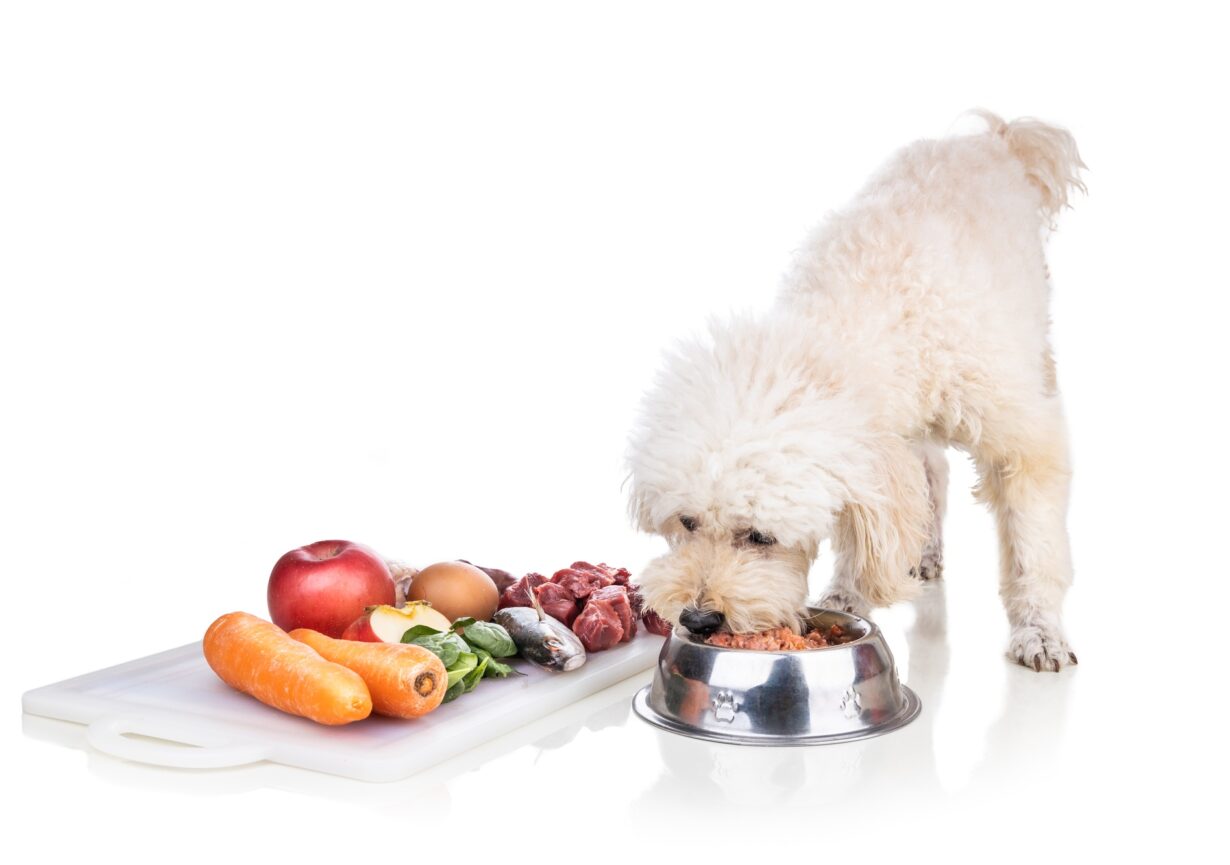Feeding our pets is one of the most important decisions we make as pet owners. In recent years, raw feeding—offering pets uncooked, natural ingredients—has gained significant popularity. Advocates claim it’s a more natural, healthful diet compared to traditional commercial pet foods. But is raw feeding the right choice for your furry friend? This article explores the rise of raw feeding, its benefits, potential risks, and practical considerations to help you decide whether to switch your pet’s diet.
1. Understanding Raw Feeding: What Does It Involve?
What is Raw Feeding?
Raw feeding typically means giving pets a diet consisting of raw meat, bones, organs, and sometimes fruits and vegetables. It aims to replicate what wild ancestors of domestic dogs and cats ate before commercial pet food existed. This diet is often called BARF (Biologically Appropriate Raw Food) or prey model feeding.
Raw feeders prepare meals at home or buy pre-packaged raw diets from specialized suppliers. The idea is to provide pets with fresher, less processed nutrition, free from artificial additives, fillers, and preservatives found in many kibble brands.
Different Approaches to Raw Feeding
Raw feeding can vary widely. Some pet owners feed an exclusively raw meat diet, while others supplement or rotate raw meals with cooked or commercial foods. Some also include raw dairy products or specific supplements to ensure nutritional balance.
It’s important to note that raw feeding is not just tossing a piece of raw steak to your dog. Careful planning and knowledge of pet nutrition are essential to meet your pet’s dietary needs safely.
2. Benefits Advocates Claim
Improved Digestion and Health
Many raw feeding supporters report that their pets show better digestion, less stool odor, and firmer stools after switching to raw diets. Some pets experience shinier coats, healthier skin, and higher energy levels.
Raw food contains natural enzymes and probiotics that some believe aid digestion and boost immune function. The lack of grains and fillers may benefit pets with allergies or sensitivities.
Dental Health and Behavior
Chewing raw meaty bones can help maintain oral health by reducing plaque and tartar buildup. This natural dental care can lead to fresher breath and healthier gums without professional cleanings.
Moreover, many owners say their pets display improved behavior, possibly due to better nutrition and increased satisfaction from natural chewing and hunting-like feeding activities.
3. Potential Risks and Concerns
Bacterial Contamination and Food Safety
One of the biggest concerns about raw feeding is the risk of bacterial contamination such as Salmonella, E. coli, and Listeria. These pathogens can cause illness in pets and humans handling raw meat.
Proper handling, storage, and hygiene practices are crucial to minimize risks. Pets with compromised immune systems or certain health conditions might be more vulnerable to infections from raw diets.
Nutritional Imbalance
Feeding raw diets without proper planning can lead to nutritional deficiencies or excesses. For example, too much bone can cause constipation or tooth damage, while inadequate organ meat intake may cause vitamin deficiencies.
Consulting with a veterinary nutritionist or using balanced commercial raw diets can help prevent these issues. Regular vet check-ups are essential to monitor your pet’s health.
4. Practical Considerations Before Switching
Time, Cost, and Preparation
Raw feeding often requires more time and effort than feeding commercial pet food. You’ll need to shop for fresh ingredients, prepare balanced meals, and ensure safe handling.
It can also be more expensive depending on your pet’s size and the quality of ingredients you choose. Pre-made raw food options are convenient but usually pricier.
Pet Preferences and Transitioning
Some pets eagerly embrace raw food, while others may resist the change. Transitioning gradually over several weeks can help your pet adjust their digestion and accept new textures and flavors.
Monitoring your pet’s reaction and health throughout the transition period is important to catch any adverse effects early.
5. Expert Opinions and Scientific Evidence
Veterinarian Perspectives
Veterinarians are divided on raw feeding. Some support it when done carefully and under professional guidance. Others warn about safety risks and nutritional imbalances.
It’s wise to discuss your plans with your vet, especially if your pet has underlying health issues. Your vet can help tailor a raw feeding plan or recommend alternative diets.
Research and Studies
Current scientific research on raw feeding is limited but growing. Some studies show benefits like improved coat condition and stool quality, but others highlight bacterial contamination risks.
More comprehensive, long-term studies are needed to fully understand the health impacts of raw feeding compared to traditional diets.
6. Making an Informed Decision
Assess Your Lifestyle and Resources
Raw feeding requires commitment, time, and sometimes extra expense. Assess whether your lifestyle allows for proper preparation and hygiene to keep your pet safe.
If you travel frequently or have limited time, raw feeding might be challenging without help from pet sitters or feeders who understand the diet.
Consider Your Pet’s Individual Needs
Every pet is unique. Age, health status, allergies, and preferences should influence your decision. Puppies and seniors might have different nutritional requirements compared to adult pets.
Monitor your pet’s response closely if you switch diets. Be ready to revert or adjust if your pet shows signs of digestive upset, weight loss, or other health concerns.
Conclusion
Raw feeding has surged in popularity as pet owners seek more natural, wholesome diets for their companions. It offers promising benefits like improved digestion, dental health, and overall vitality, but it is not without risks. Bacterial contamination and nutritional imbalances are real concerns that require careful management and professional advice.
Switching your pet’s diet to raw feeding is a personal choice that should be made thoughtfully, considering your pet’s health, your lifestyle, and your ability to provide balanced meals safely. Consulting with a veterinarian or pet nutrition expert is essential to ensure your furry friend thrives on their new diet.
By understanding the pros and cons, and preparing adequately, you can decide if raw feeding is the right path to enhancing your pet’s health and happiness.


